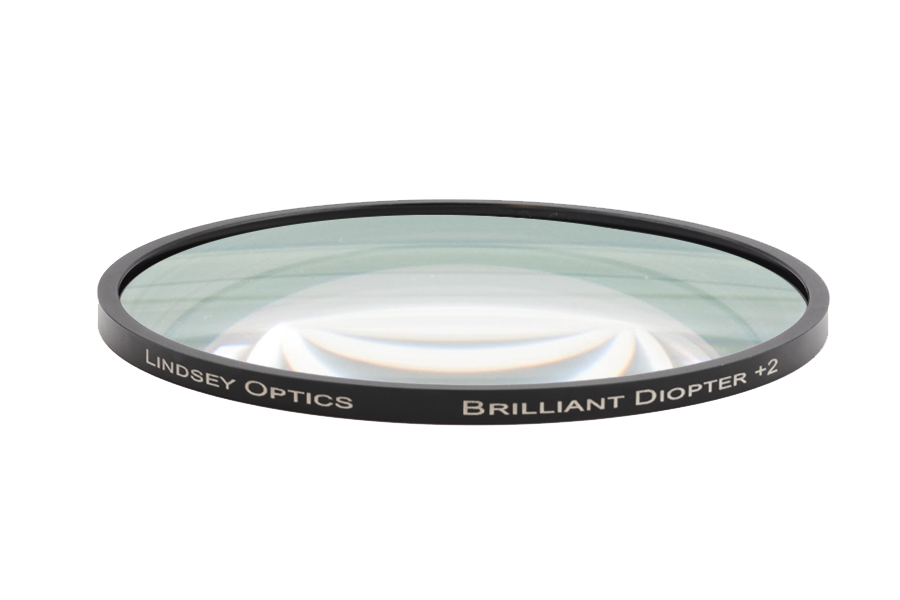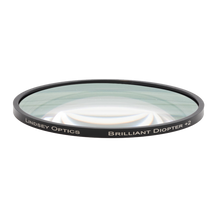Posted by Dwight Lindsey on Mar 31st 2020
What is a Diopter?
A Close-Up Lens is NOT a Diopter!
OK, it's time for me to rant a bit about "Diopters"
Close-up lenses or close-up filters are accessories mounted in front of photographic lenses and cine lenses to enable focusing closer than the lens will do by itself. They are quite useful to quickly obtain images of small objects.
These lenses are commonly referred to as "Diopters". This makes me crazy, because it's simply not correct.
Diopter is a unit of measurement, much like other units of measurement such as millimeters, meters, inches, etc.
We don't call lenses "Millimeters", We call them lenses, with a notation of focal length measured in millimeters. So for example we could describe a specific lens as a "50mm f2 lens" we wouldn't call it a "Millimeter".
Likewise, we should refer to close-up lenses just that way, as close-up lenses. So one description would be: "138mm Round +1 Diopter Close-Up Lens"
Now all of that said, it seems that "Diopter" has become the standard name for these things and in fact we've used it too . . .
For fellow techno-nerds such as myself, here's a short discussion of
Lenses have optical power, which for photographic and cinematography lenses is often expressed as a focal length measured in millimeters.
In the world of eye care, optometrists use a unit of measurement that is quite convenient for them, known as the diopter. Prescriptions for corrective eyeglass or contact lenses are done with simple quick notations of positive and negative diopter units.
In photography and cinematography, the diopter is used as a unit of measurement for simple single element close-up lenses also because it is simple and convenient. When simple single element lenses are combined or stacked, the diopter strength of each lens can be added together. For example adding together 2 lenses with strengths of +2 diopter and +3 diopter results in a combined strength of +5 diopter. It makes the math simple.
It's relatively simple to convert from millimeters to diopters, either by taking the reciprocal of the focal length, or referring to a simple table:
+1 Diopter = 1000mm
+2 Diopter = 500mm
+3 Diopter = 333mm

